Washington’s Housing Construction Reforms: A Bold Step Toward Affordability
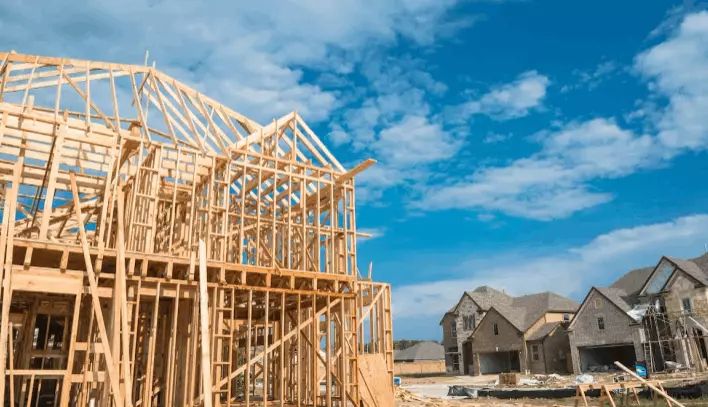
Washington’s Housing Construction Reforms: A Bold Step Toward Affordability
Washington State is making serious moves to address its ongoing housing shortage. With new laws enacted to modernize outdated regulations, state leaders are targeting two major barriers to construction: excessive parking mandates and restrictive historic landmarking policies. These reforms are designed to reduce development costs, speed up new housing builds, and ultimately boost affordability across the state.
🏛️ Reforming Historic Landmark Designations
Historically, buildings as young as 25 years old could be nominated for historic preservation, often stalling or blocking redevelopment efforts. The new legislation increases the age threshold to 40 years and requires owner consent for landmark designation under that age. This allows developers more flexibility to repurpose underutilized properties, particularly in urban cores where density is essential.
This isn’t about erasing the past—it’s about balancing preservation with housing production.1
🚘 Curbing Excessive Parking Mandates
The Parking Reform and Modernization Act (SB 5184) limits how much parking cities can require for new residential and commercial builds. Key highlights:
- Limits parking requirements to 0.5 spaces per unit in cities with populations over 30,000
- Eliminates parking mandates for homes under 1,200 sq ft, senior housing, child care, and affordable units
- Developers retain the right to include parking by choice
This law alone could reduce construction costs by $50,000–$80,000 per unit, leading to lower home prices and greater affordability.2
🚆 Incentivizing Transit-Oriented Development
House Bill 1491 requires municipalities to allow denser housing near public transit corridors. By aligning housing production with infrastructure investment, this law supports walkable neighborhoods, reduces traffic, and promotes sustainability.3
📊 Over One Million Homes Needed Statewide
According to the Department of Commerce, Washington needs 1.1 million new homes by 2044, including over 300,000 in King County alone. These reforms are a critical step toward solving the housing crisis in Seattle, Tacoma, and throughout the South Sound.4
✅ Pros and ❌ Cons of the New Laws
✅ Pros
- Increased housing supply by reducing development red tape
- Lower construction costs through parking and landmark changes
- Encourages sustainable, transit-oriented communities
- Protects private property rights for developers and owners
- Gives builders flexibility to design based on demand
❌ Cons
- Potential neighborhood pushback to new density rules
- Weaker protections for culturally significant buildings
- Unclear or inconsistent city-level adoption timelines
- Risks of infrastructure lag behind housing growth
🔮 Market Predictions: What to Expect
Short-Term (6–12 months):
- Increased permit activity near transit corridors
- Surge in low-parking multifamily housing
- Pushback from some residents over rapid changes
Mid-Term (12–36 months):
- More small-scale infill housing: townhomes, duplexes, ADUs
- Greater inventory = more pricing flexibility
- Investors return to the market as barriers drop
Long-Term (3–5 years):
- WA becomes a model for housing reform across the U.S.
- State and local governments revisit outdated zoning codes
- Public-private partnerships accelerate mixed-use developments
🔧 Summary Table: What Changed in the Law
| Area Reformed | Previous Standard | New 2025 Law Update |
|---|---|---|
| Historic Landmarking | Buildings 25+ years could be landmarked without consent | Buildings under 40 years require owner consent for designation |
| Parking Requirements | Often 1–2+ parking spots per home required | Max 0.5 per unit in large cities; none required for small/affordable homes |
| Developer Flexibility | Parking dictated by zoning | Developers decide parking need based on market demand |
| Density Near Transit | Restrictions limited multi-family housing near transit | Cities must allow increased density near bus, rail, and ferry corridors |
👀 Final Thoughts
These aren’t just policy tweaks—they’re a blueprint for how Washington intends to solve its housing crisis through real reform. If you’re a homeowner, investor, or builder in the Puget Sound region, these laws could unlock your next opportunity.
Want to explore how these changes affect your neighborhood or investment strategy? I’m happy to share insight, data, and no-pressure advice to help you move smart in 2025 and beyond.
Categories
- All Blogs (80)
- Agent (3)
- Appraisal (1)
- Buyers (23)
- Educational (4)
- Escrow (1)
- FHA (3)
- Financing (4)
- First time homebuyer (6)
- Home Buying Criteria (3)
- Homeowners (6)
- Loans (2)
- Market Conditions (19)
- Miscellaneous (4)
- Multiple Offers (2)
- NAR (1)
- Negotiation (2)
- Offers (2)
- School Districts (1)
- Sellers (28)
- Selling (32)
- Staging (3)
- Tips (11)
- Title (1)
- Utilities (4)
- Videos (1)
Recent Posts


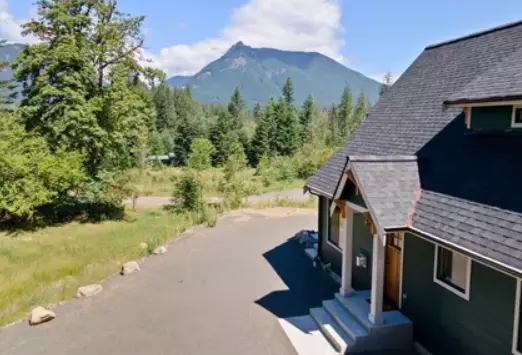


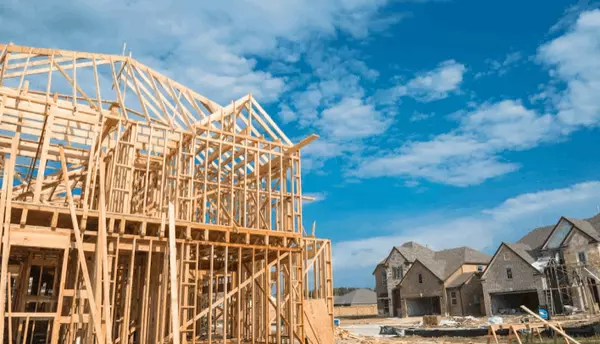
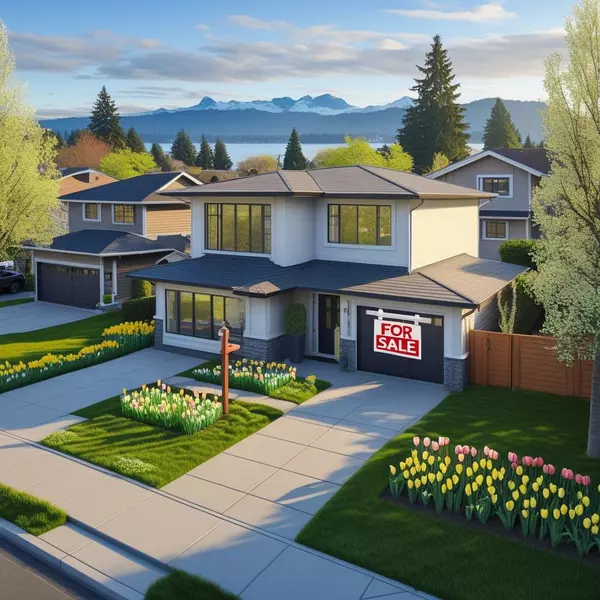

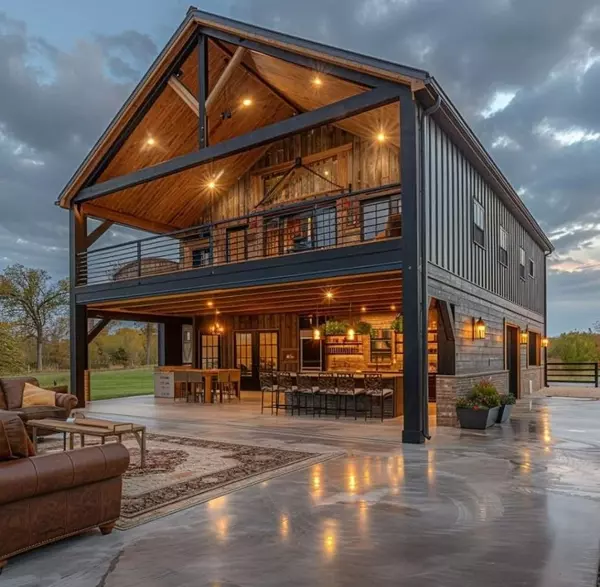

GET MORE INFORMATION


